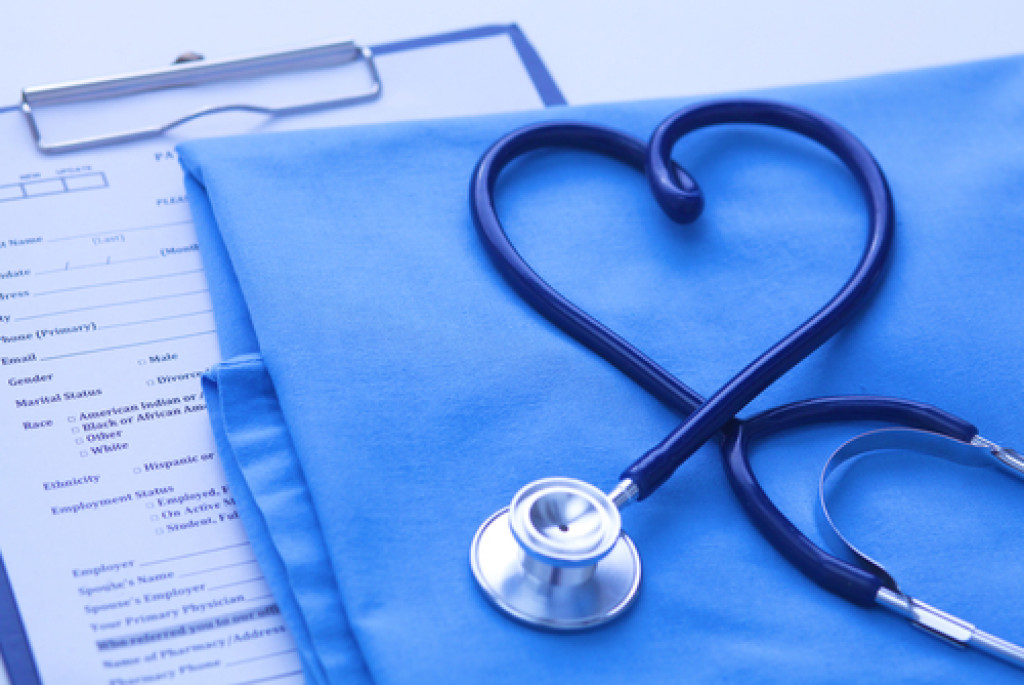As fatal as it could get, a stroke doesn’t see any gender, caste, creed, or race. This is not to dread you, but you must have general knowledge about what causes it, how to check for early symptoms, and what the road to recovery is like.
As per the Centers for Disease Control and Prevention (CDC) reports, someone in the United States has a stroke every 40 seconds, and someone dies of the disease every four minutes. With an increasing awareness about the medical emergency, young stroke survivors facilitate support groups to establish a connection and educate people about stroke risks, helping them face the issue with bravery and attention.
What Is a Stroke?
A stroke occurs due to the restriction of continuous blood flow to the brain. This medical issue is so abrupt that it impedes neurological function by the brain. In simpler words, the brain cells begin to die within a few minutes when blood stops carrying oxygen. Generally, the dead brain cells do not regenerate. This results in devastating effects on physical, mental, and cognitive aspects.
Effects of Stroke
The brain is a big place to be at. The attack could be at any sub-part of the brain. Most importantly, the consequence of the stroke is related to the extent of brain tissue affected. While the effects of stroke differ from individual to individual, some common effects are observed.
- Paralysis on either side of the body
- Speech problems
- Vision problems
- Slowed down action time
- Memory loss (temporary or permanent)

Types of Stroke
Blocked Artery or Ischemic Stroke
It’s the most prevalent cause of stroke, where the blood thickens due to narrowed or blocked blood vessels. The blockage is due to the appearance of plague, which is cholesterol-containing deposits.
Hemorrhagic Stroke
This type of stroke occurs when the blood vessel in the brain ruptures. Factors such as uncontrolled high blood pressure, car accidents, aneurysms, etc., directly affect the blood vessels, resulting in hemorrhages.
Transient Ischemic Attack (TIA)
Considered as a warning to future strokes, such attacks usually entail difficulty in speaking and loss of endurance. While the signs may last for 20 minutes at the most, they have all it takes to call them a ministroke.
Signs and Symptoms
Do you know what’s that one thing common here? The abruptness of the signs. The better the person is likely to diagnose the symptoms, the better care can be given. Again, the severity and array of symptoms differ with people. Here are some most commonly found symptoms of stroke:
- Paralysis
- Numbness of the face, leg, arm on either side of the body
- Trouble in speech and vision
- Dizziness, vomiting, and nausea
- Disorientation, confusion, and slowed reflex
- Severe headache with an unknown cause
- Loss of balance in walking or standing
- Face drooping
Treatment and Recovery
Consulting a medical professional in the first place is vital to the road to treatment and recovery. Keep 911 handy in case you or your loved one experience a stroke. There is no substitute for this. After diagnosing the stroke by methods such as CT scan and MRI, the treatment entirely depends on the type and severity of the medical issue.
Antiplatelet and Anticoagulants
For ischemic stroke, anticoagulant and antiplatelet drugs offer first-degree defense with their consumption within 24 to 48 hours. Antiplatelet drugs make platelets less sticky and prevent aggregation, while anticoagulants are used for blood thinning to prevent clotting.
Use of Clot Retrieval Devices and Drugs
Devices such as Merci Retriever are used to remove the clot through the catheter with a syringe. At times, certain clot-breaking drugs are also used. As per the American Association of Neurological Surgeons, tissue plasminogen activator (tPA) is the only ischemic stroke medication permitted by the U.S. Food and Drug Administration (FDA).
Surgical Procedures
In some instances, the doctors are required to perform surgery to prevent further complications and remove the plaque. Angioplasty is the new and less risky method to increase the flow of blood. The stent is inserted into the blocked artery, which prevents the artery from closing up in the future.
Therapy
Various therapies are performed, depending upon the location of the damage. When stroke impairs the speech of a person, then Speech therapy is completed. Occupational therapy helps people improve their ability to do daily tasks such as cooking, bathing, eating, reading, and writing.
Final Thoughts
Every year in the States, more than 795,000 people suffer from a stroke. A number that large can fuel our self-awareness of the disease and nudge us towards healthy lifestyle changes. If you know someone who has suffered from a stroke, advise them to begin the rehabilitation at the earliest opportunity to achieve a full recovery and a return to normalcy.

